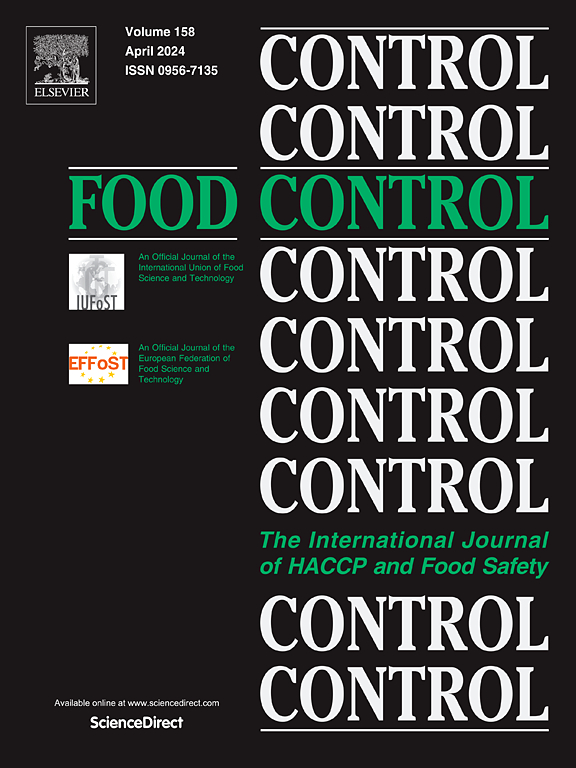Non-destructive pre-incubation sex determination in chicken eggs using hyperspectral imaging and machine learning
IF 5.6
1区 农林科学
Q1 FOOD SCIENCE & TECHNOLOGY
引用次数: 0
Abstract
Non-destructive sex determination in eggs can enhance animal welfare, improve economic efficiency, reduce environmental impact, and foster technological innovation in sustainable hatchery operations. This study investigates the effectiveness of non-destructive hyperspectral imaging (HSI) and machine learning for pre-incubation sex prediction in chicken eggs. Multiple classification models such as partial least squares discriminant analysis (PLS-DA), Extreme Gradient Boosting (XGBoost), random forest (RF), and Categorical Boosting (CatBoost) were developed across full wavelengths (452–899 nm) and evaluated through external validation. Multiple spectral pre-processing, such as standard normal variate (SNV), multiplicative scatter correction (MSC), and Savitzky-Golay (SG) were assessed for calibration model development. Further, important feature selection and model optimization techniques were evaluated for robust prediction model development. Using 35 important features, the CatBoost model with SG pre-processed spectra achieved the best performance, with an accuracy of 82.9% on the calibration set and 75.5% on the validation set. The study demonstrated the potential of HSI and advanced machine learning to revolutionize sex prediction in chicken eggs before incubation, offering a non-invasive, precise, and efficient solution for the next-generation poultry industry.
求助全文
约1分钟内获得全文
求助全文
来源期刊

Food Control
工程技术-食品科技
CiteScore
12.20
自引率
6.70%
发文量
758
审稿时长
33 days
期刊介绍:
Food Control is an international journal that provides essential information for those involved in food safety and process control.
Food Control covers the below areas that relate to food process control or to food safety of human foods:
• Microbial food safety and antimicrobial systems
• Mycotoxins
• Hazard analysis, HACCP and food safety objectives
• Risk assessment, including microbial and chemical hazards
• Quality assurance
• Good manufacturing practices
• Food process systems design and control
• Food Packaging technology and materials in contact with foods
• Rapid methods of analysis and detection, including sensor technology
• Codes of practice, legislation and international harmonization
• Consumer issues
• Education, training and research needs.
The scope of Food Control is comprehensive and includes original research papers, authoritative reviews, short communications, comment articles that report on new developments in food control, and position papers.
 求助内容:
求助内容: 应助结果提醒方式:
应助结果提醒方式:


